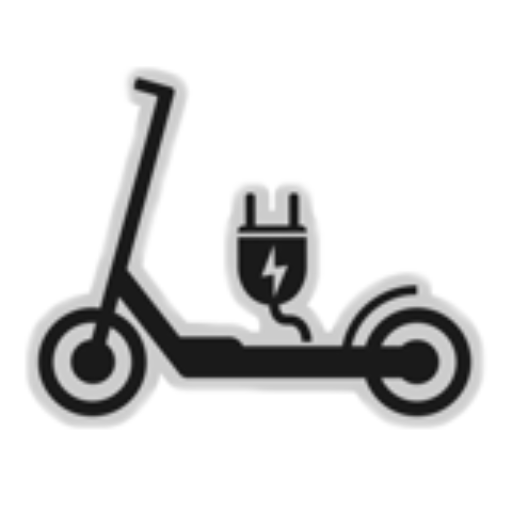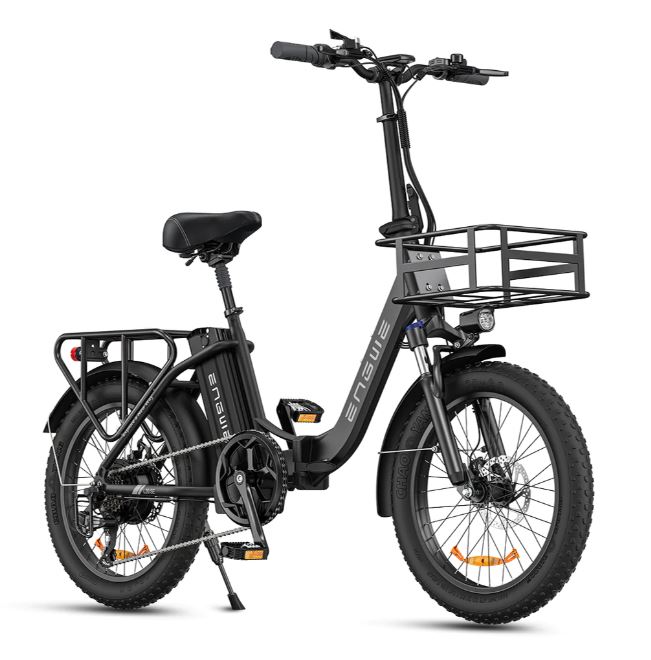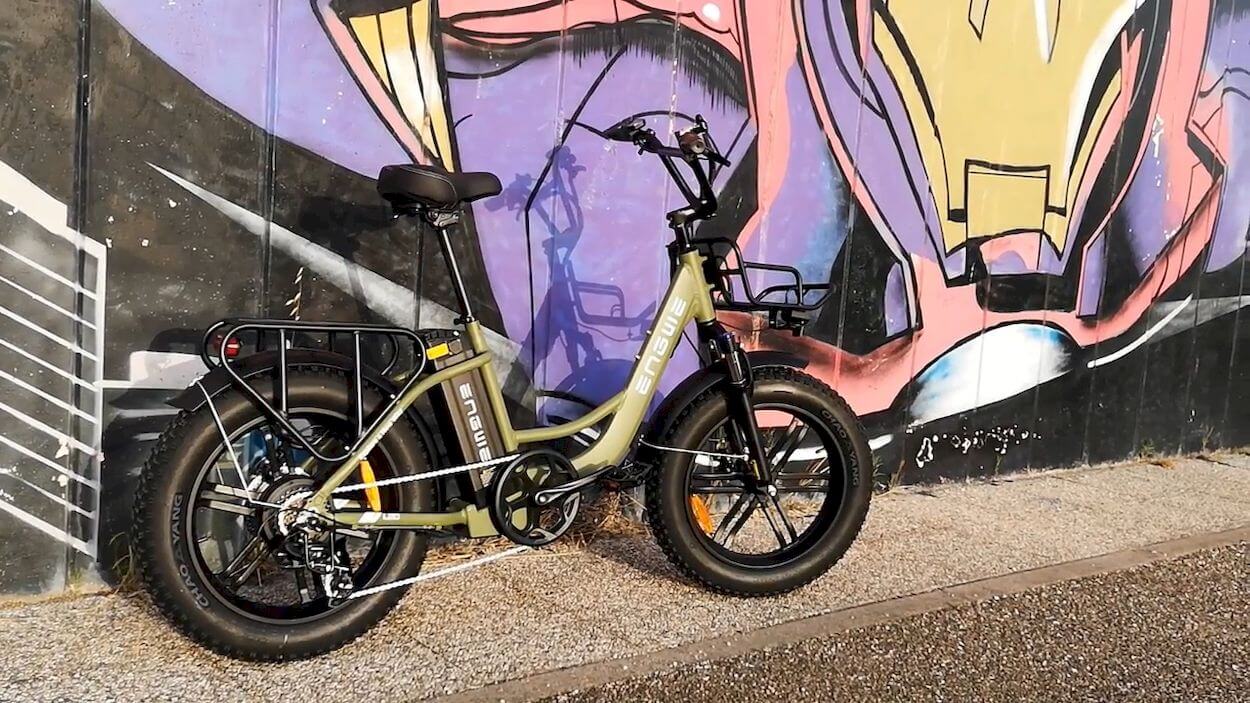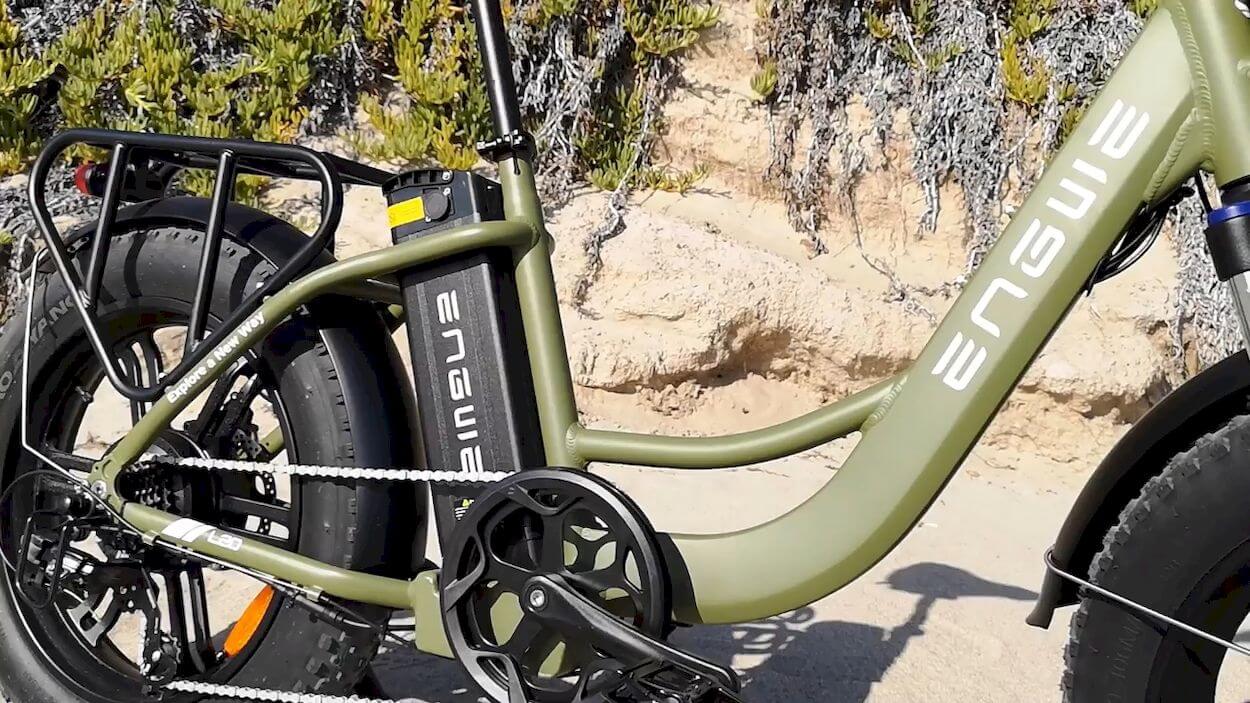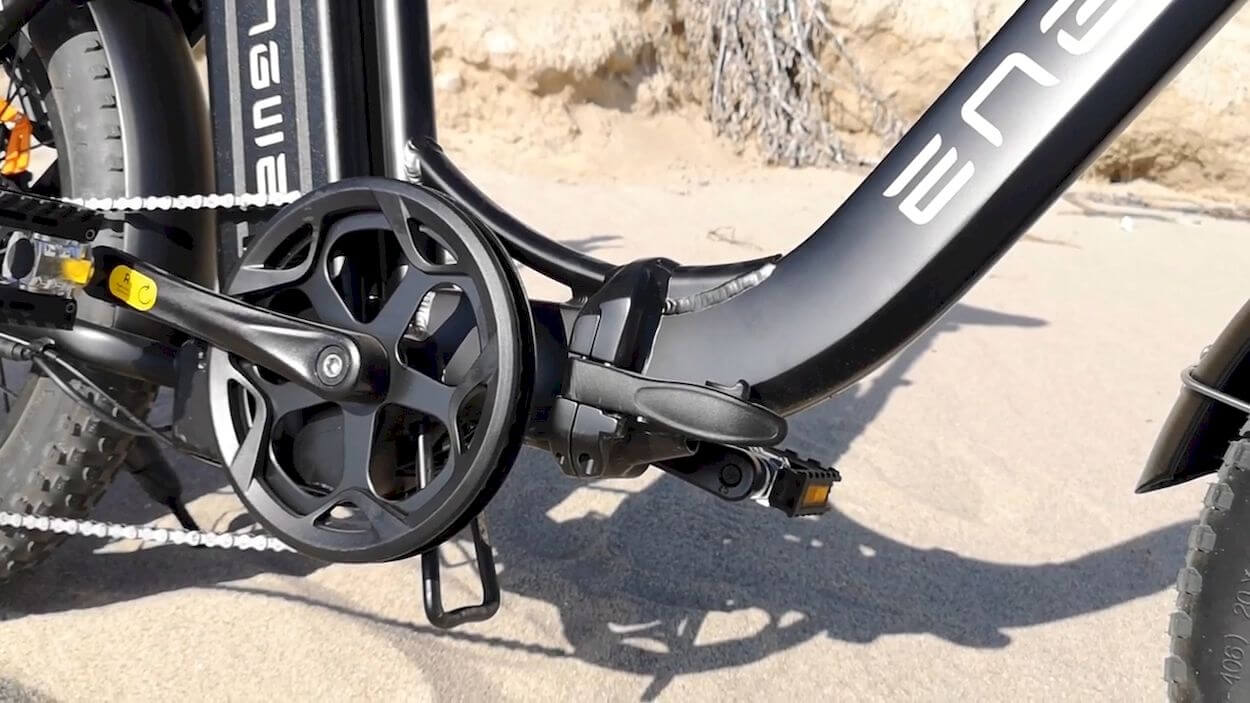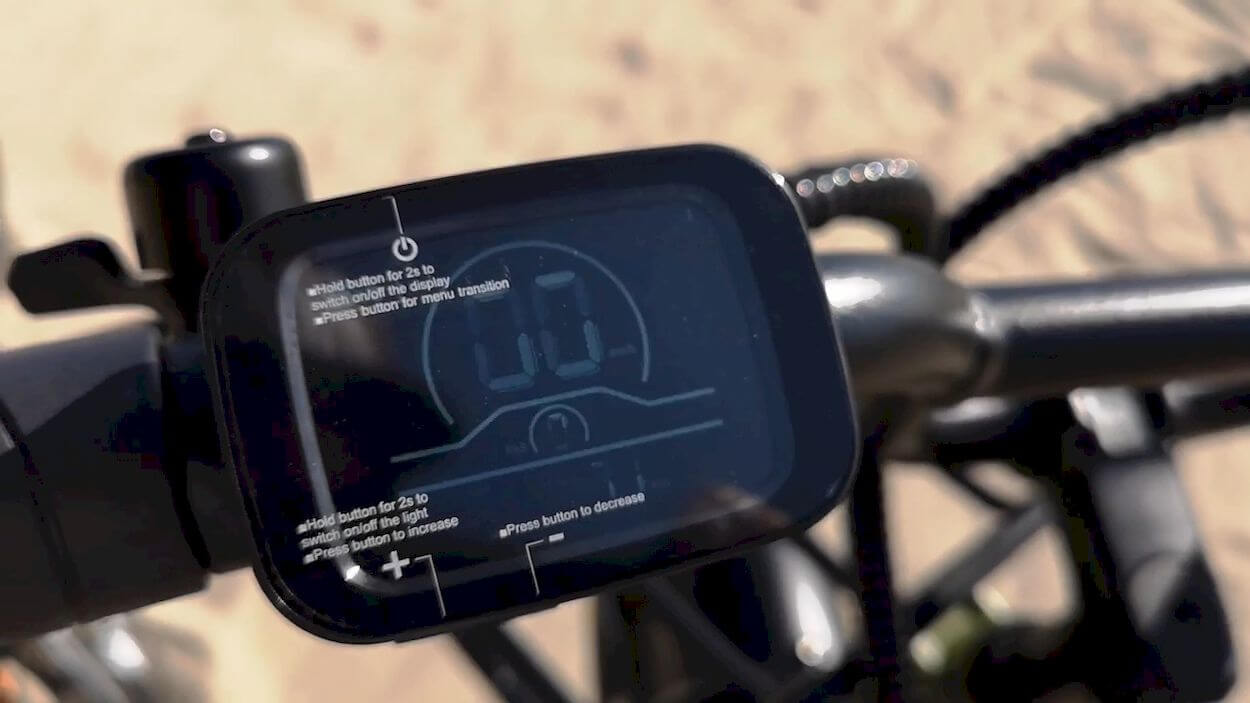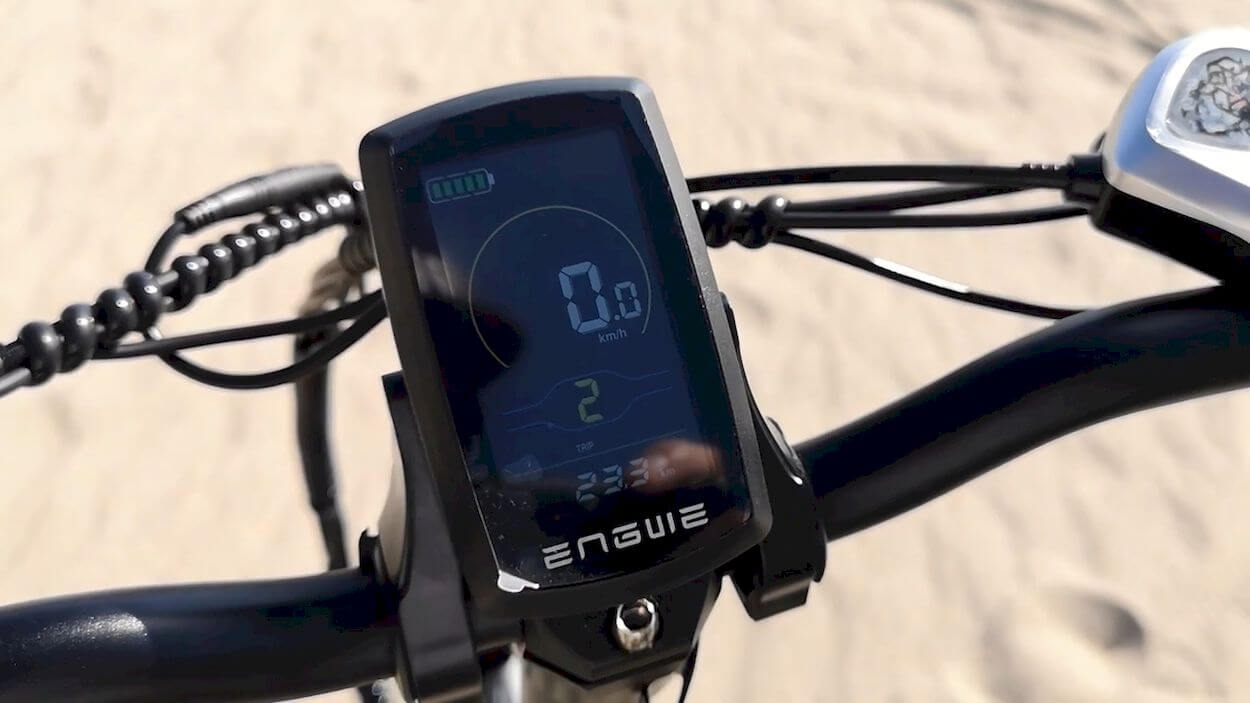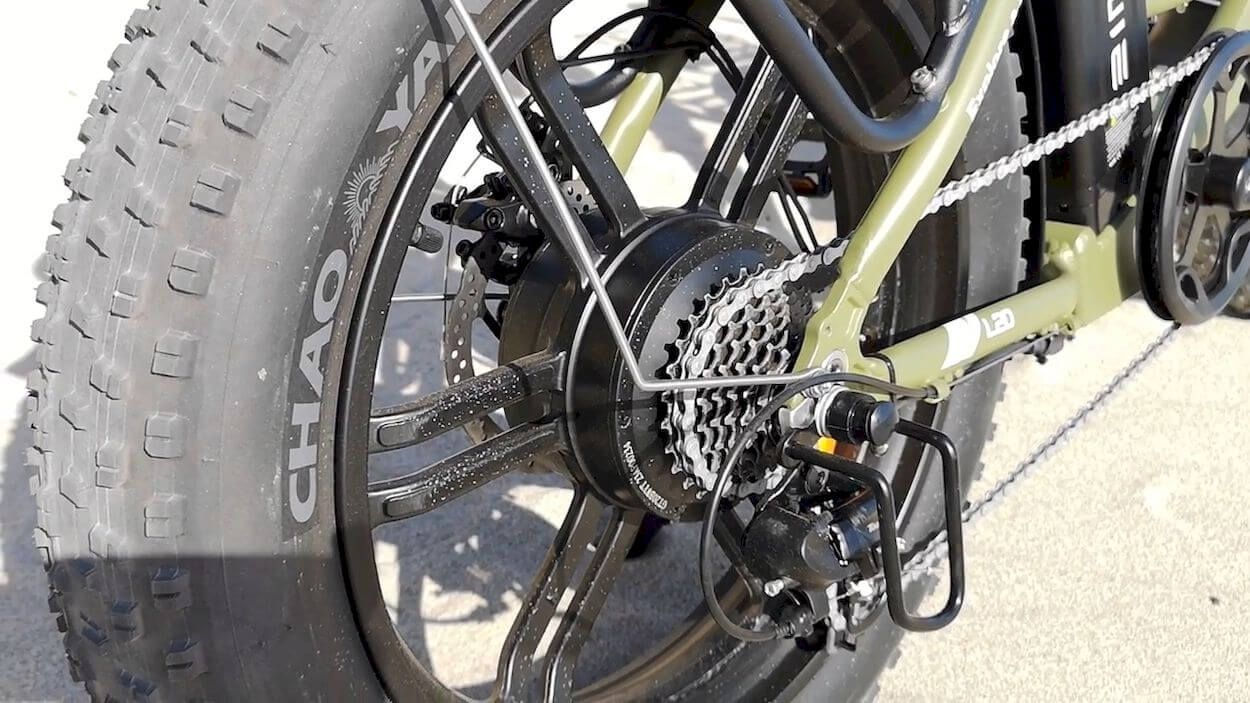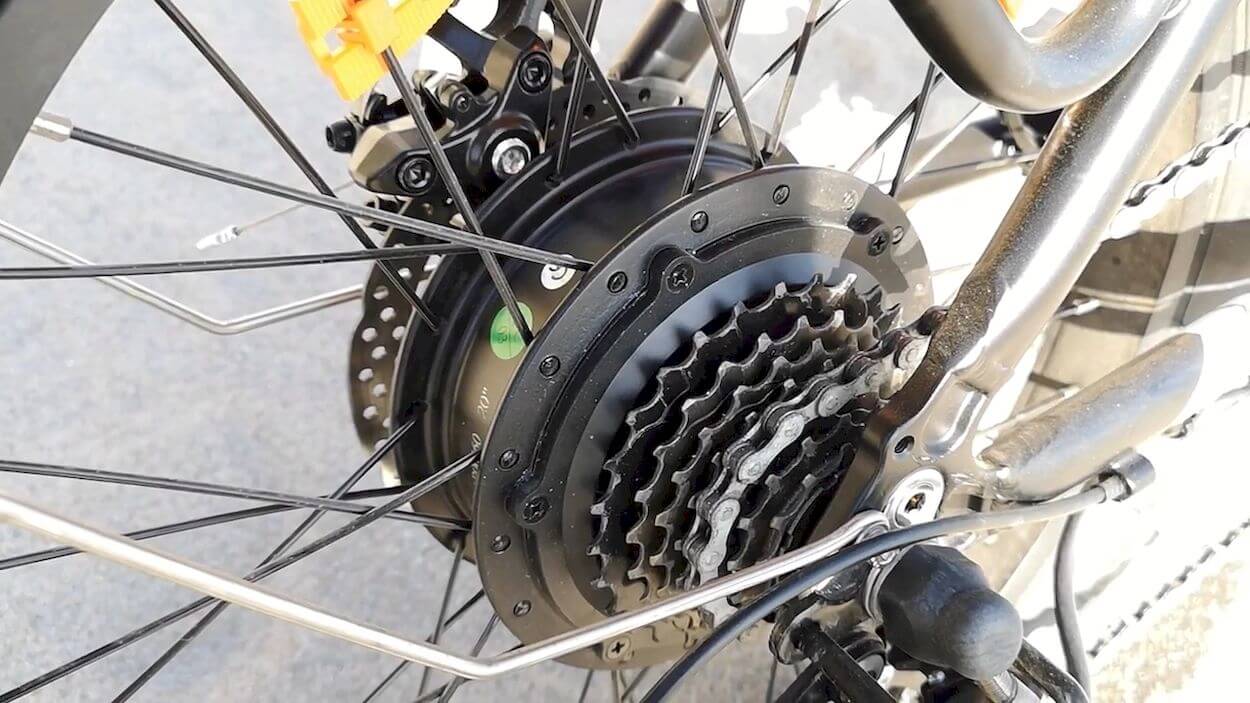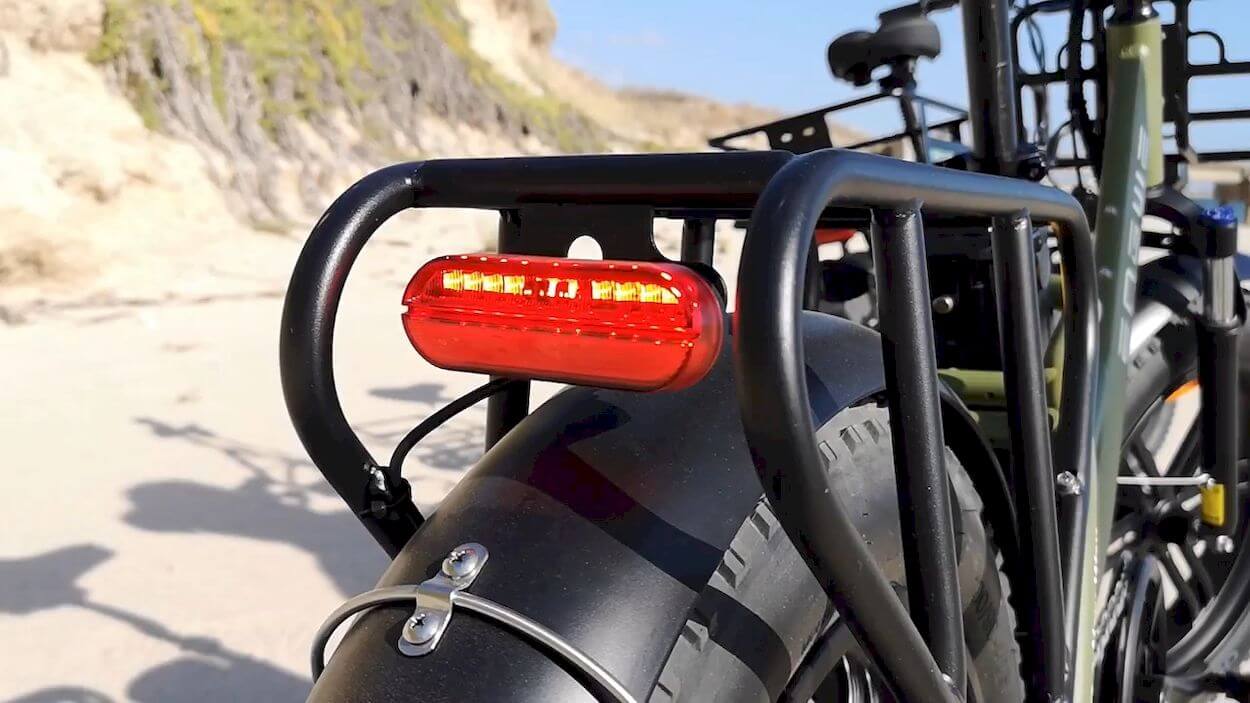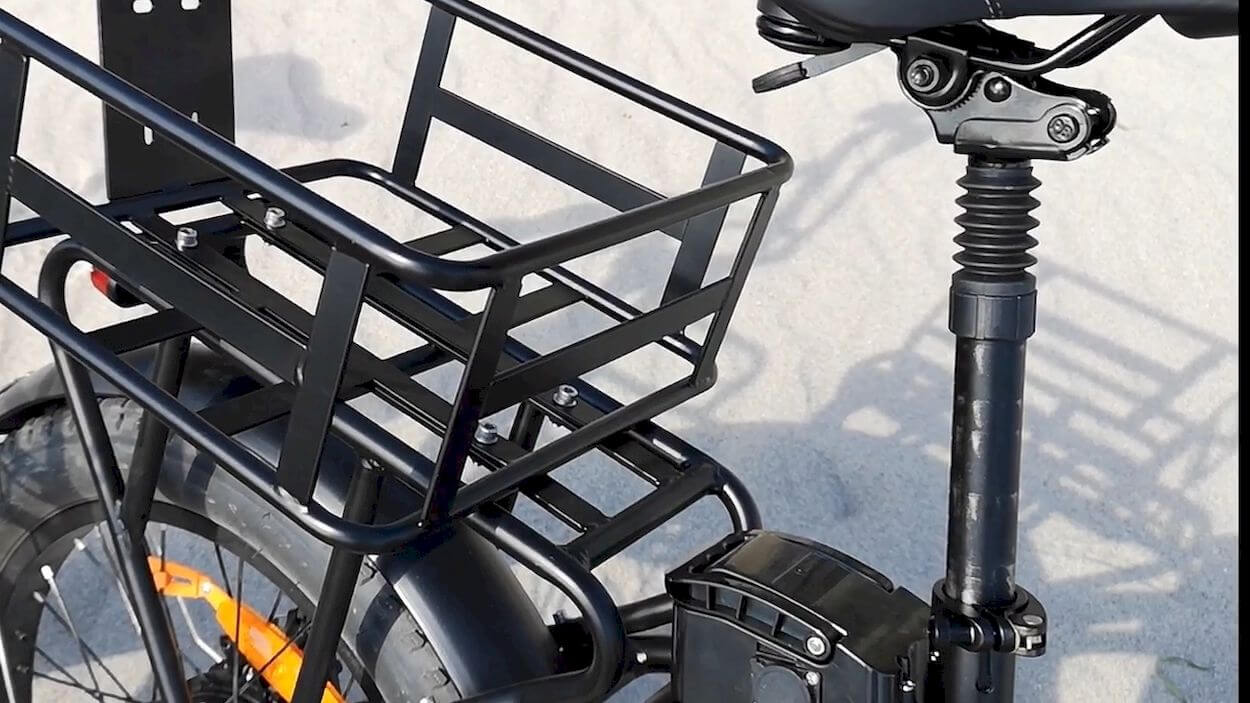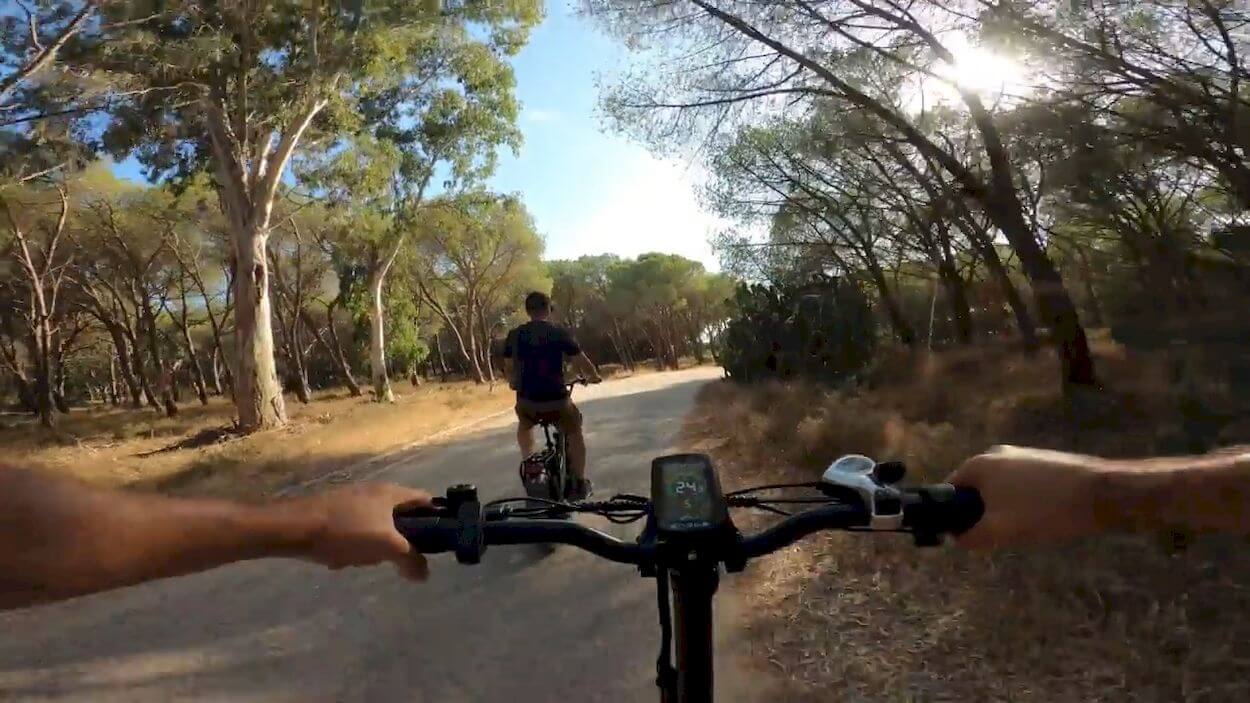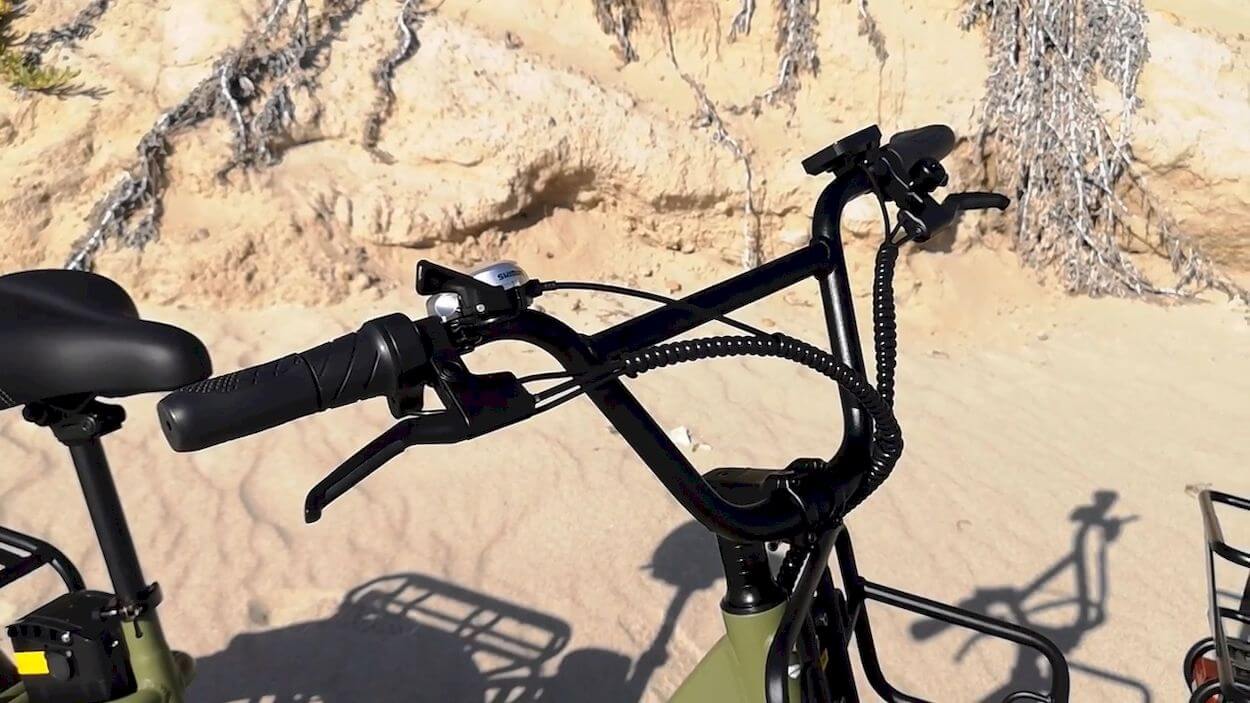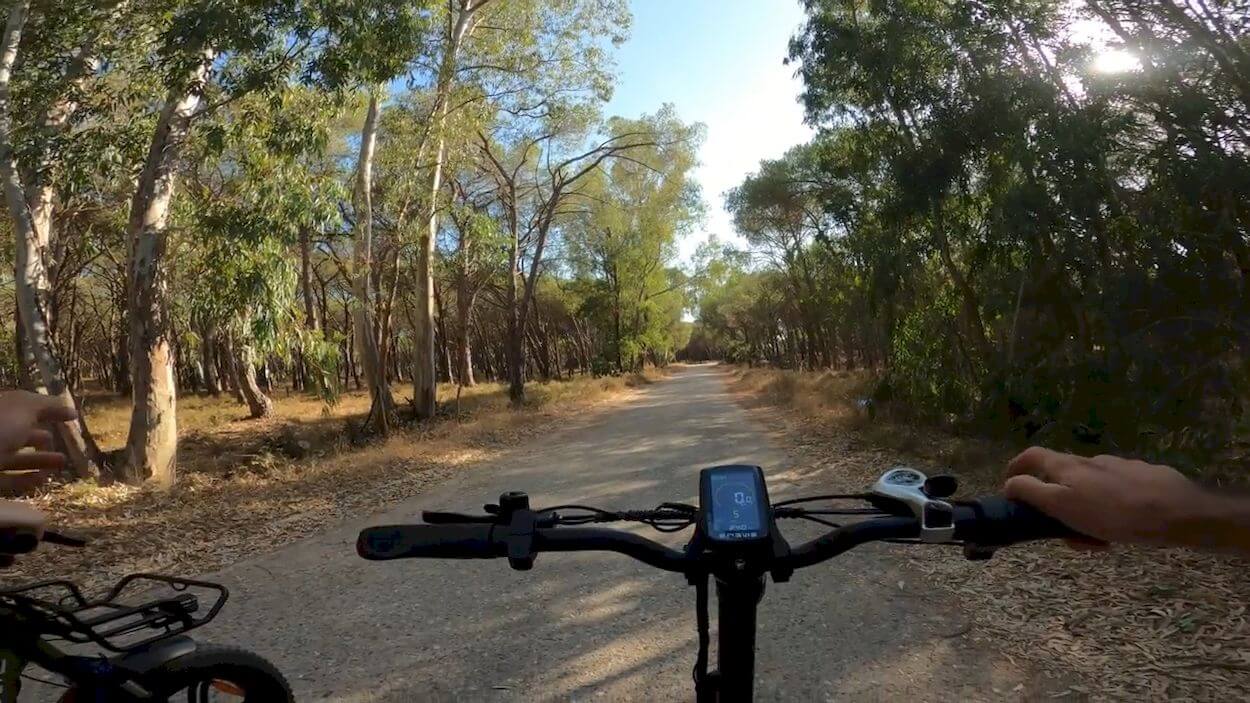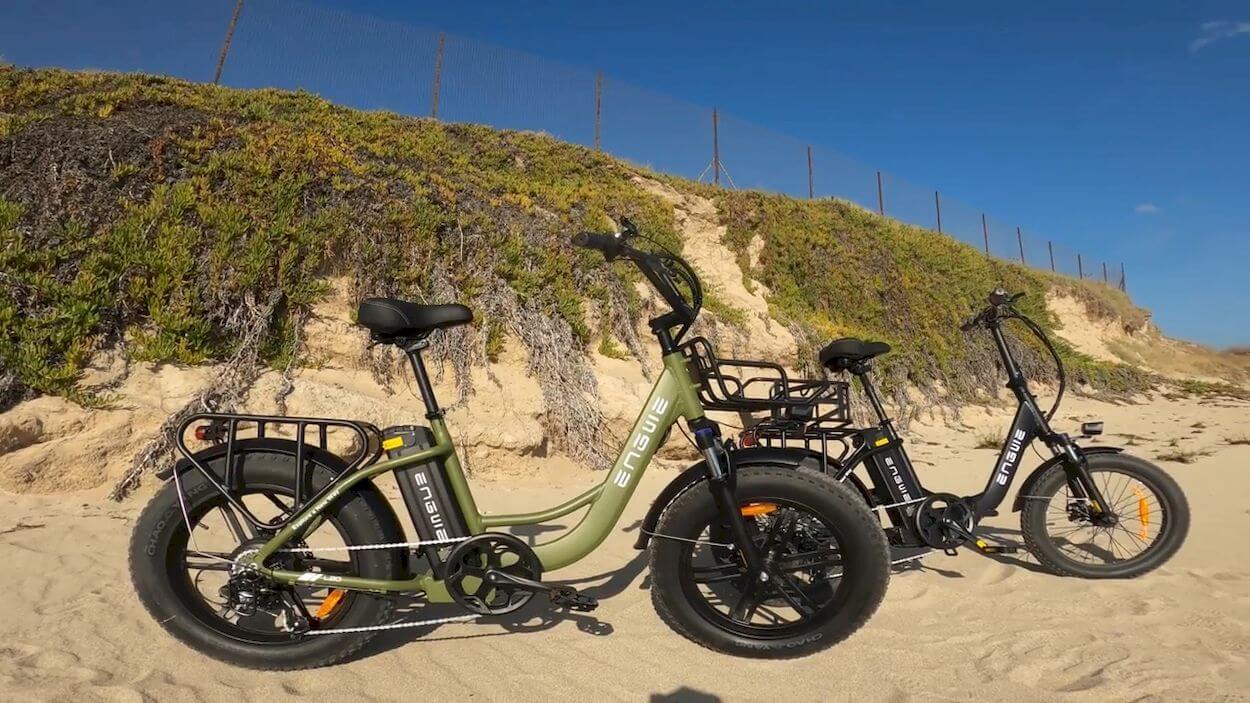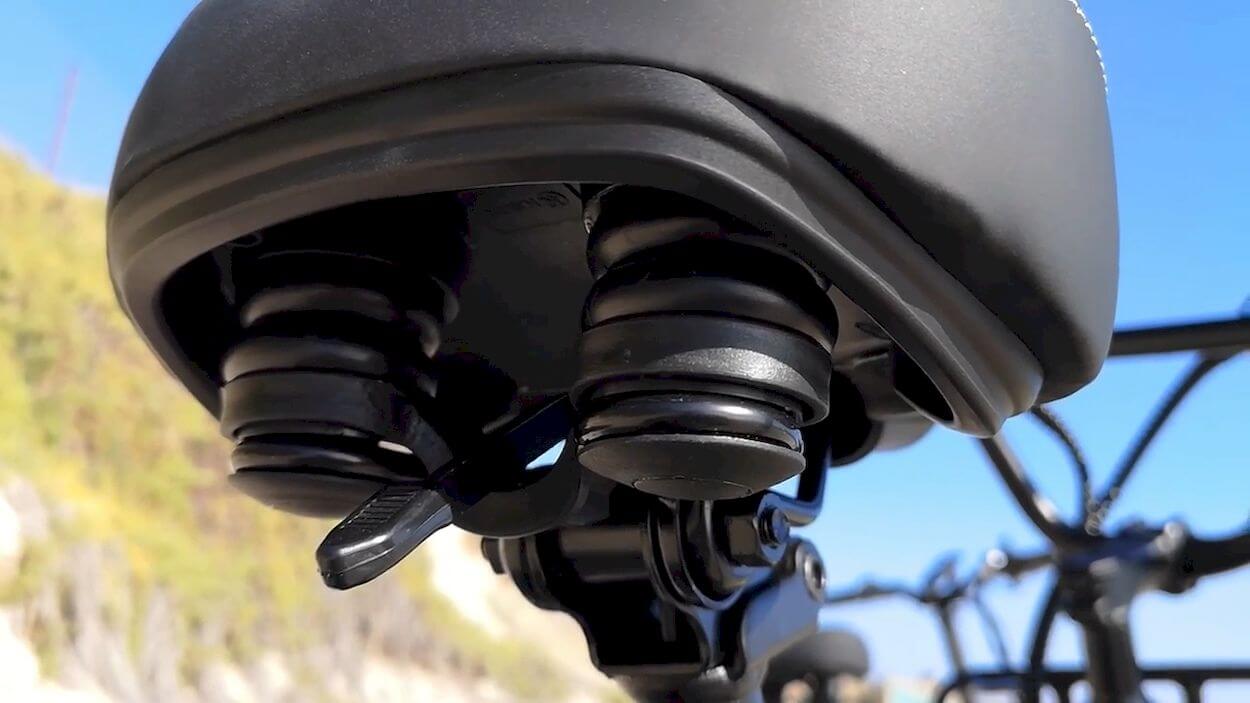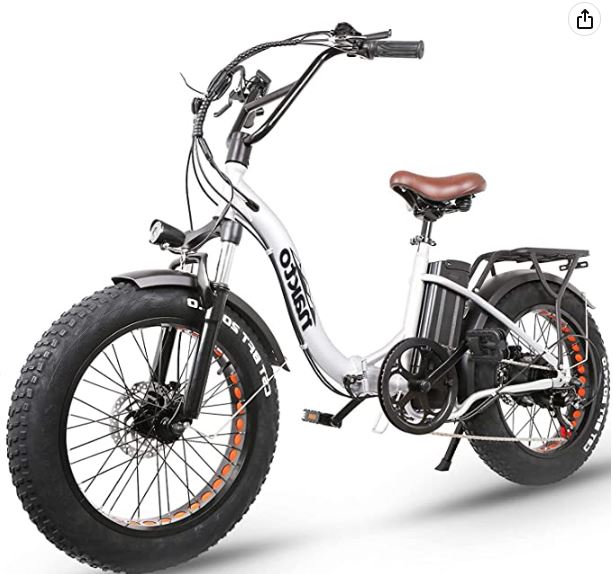In today’s review, we’ll delve into the comparison between the Engwe L20 and its special edition counterpart, the Engwe L20 SE.
The Engwe L20 SE is an exclusive model crafted by the renowned bicycle manufacturer, Bye Bestseller, and available for purchase only in select locations across Europe.
Let’s explore the key differences that set these two electric bikes apart and understand how the special edition enhances the overall riding experience.
Design and Build Quality
The Engwe L20 features a fixed step-in frame that cannot be folded, providing a sturdy and robust structure. On the other hand, the L20 SE model offers a folding frame with a central handlebar folding mechanism. This folding mechanism allows the bike to be compactly folded, making it easier to store and transport, especially in confined spaces or while commuting. Additionally, the L20 SE’s handlebar is adjustable in height and laterally foldable, providing customization options for different riders’ preferences.
The Engwe L20 comes with fixed flat pedals, offering a simple and reliable setup suitable for various riding conditions. In contrast, the L20 SE model features foldable pedals, which add to the bike’s compactness when folded and make it more convenient to carry or store. The L20 SE also boasts a BMX-style handlebar that can be tilted backward, allowing riders to adjust their riding position for comfort and control during rides.
Also, both the Engwe L20 and L20 SE models are available in green, black, and white color options. However, the L20 model stands out with an additional pink color choice, providing a more diverse range of color preferences for riders looking for a distinctive style.
Both models are equipped with a set of 20-inch wheels, ensuring a compact and agile ride. However, the key difference lies in the tire width. The Engwe L20 features 4-inch wide tires, which are ideal for off-road adventures. These wider tires offer enhanced traction and stability, making the L20 model suitable for tackling various terrains and providing excellent off-road performance.
In contrast, the L20 SE model comes with smaller 3-inch wide tires. The reduced tire width is particularly beneficial for urban environments and smooth surfaces. These narrower tires provide lower rolling resistance, resulting in increased efficiency and smoother rides on city streets and paved roads.
Both the Engwe L20 and L20 SE models come equipped with an integrated key ignition system, ensuring that the electronics cannot be used without the key. This feature adds an extra layer of security and prevents unauthorized access to the bike’s electronics.
In terms of the display, the L20 model features a compact and sporty display that is also used in the Langfeite M20. This display provides essential information such as speed, battery level, and trip data, offering a user-friendly interface for the rider.
On the other hand, the L20 SE model comes with a classic display, similar to the one found on the EP2 Pro and X models, but with a new and attractive color edition. This display also offers key information and settings for the electric bike.
Both models share the same Shimano transmission with 7-speed gears, providing a reliable and efficient gear-shifting system for various riding conditions. The mechanical brake system is also identical, ensuring consistent braking performance and safety.
However, there are some differences in components between the two models. The L20 model includes a sprung seat tube, adding comfort to the ride by absorbing shocks and vibrations. This compensates for the absence of suspension forks, which are found on the L20 SE model and act as suspension to improve ride comfort on rough terrains.
The set of metal mudguards and side stand are present in both models, but the side stand on the L20 SE is more massive and sturdier, given the bike’s intended off-road use. Additionally, both models are equipped with LED lights, but the L20 SE’s front light is mounted on the steering and moves with the fork’s motion, while the L20 model has a fixed light attached to the front rack.
Both models feature a robust luggage rack directly attached to the frame, providing ample space to carry belongings during rides. The front of both bikes is equipped with attachments for the front basket. The L20 SE comes with a wider and squared basket, while the L20 model has a concave basket design.
In terms of weight, the L20 model weighs approximately 34 kg, while the L20 SE version is slightly lighter at around 31 kg, with a difference of 3 kg. The reduced weight of the L20 SE can be attributed to its smaller battery and other design considerations.
The Engwe L20 and L20 SE models offer distinct features in terms of electronics, display, and components, catering to different riding preferences and intended uses. Whether riders prioritize comfort and suspension with the L20 SE or prefer a sporty display and larger battery with the L20, both models provide reliable and enjoyable electric bike experiences for their respective purposes.
Motor and Performance
The motor is a crucial component of an electric bike, and it significantly impacts its performance and capabilities. Both the Engwe L20 and L20 SE models are designed to comply with legal regulations, featuring a 250-watt motor, which is the standard power limit for e-bikes in many regions.
Upon closer inspection, the L20 SE model stands out with a significantly more potent motor compared to the standard L20. The L20 SE boasts an impressive 750-watt motor, three times more powerful than the legal limit. This high-powered motor provides substantial torque and acceleration, ensuring a thrilling and efficient ride experience.
However, it’s important to note that the 750-watt motor is “unlocked” for use on private roads, indicating that it may not be compliant with legal regulations for public roads in some regions. Riders should ensure they are aware of local e-bike laws and regulations before using such a high-powered motor.
On the other hand, the Engwe L20 features a more modestly sized motor to adhere to the 250-watt legal limit. As a result, it offers a less powerful output with 38 Newton meters of torque. While this motor may provide a decent riding experience for everyday commuting and leisurely rides, it may not have the same level of strength and acceleration as the L20 SE model.
The L20 SE’s 750-watt motor, with its 50 Newton meters of torque, ensures better hill-climbing capabilities and improved overall performance on challenging terrains. This makes it suitable for riders seeking a more robust and powerful electric bike that can handle off-road trails and steep inclines with ease.
On the other hand, the Engwe L20’s 250-watt motor with 38 Newton meters of torque is more suited for city commuting and smoother surfaces. It provides adequate assistance for urban rides and recreational cycling but may not be as well-equipped for tackling demanding off-road adventures.
Battery
The Engwe L20 comes equipped with a 48-volt battery unit, providing ample power for the motor to assist the rider during their journey. With a sizable 624-watt-hour battery pack, the L20 model ensures a good range and satisfactory autonomy, making it suitable for longer rides and daily commutes.
On the other hand, the L20 SE model features a slightly lower voltage of 36 volts for its battery. The battery pack in the L20 SE has a capacity of around 500 watt-hours. Although it offers a slightly smaller capacity compared to the L20, it is still sufficient for many urban and suburban rides. The reduced battery capacity in the L20 SE contributes to a lighter overall weight of the electric bike.
Both the Engwe L20 and L20 SE models share the same electrical system, providing a seamless and reliable experience for riders. The key ignition via the battery pack ensures a convenient and secure method to start and stop the electric bike effortlessly.
Conclusions
Both models, the Engwe L20 and L20 SE, are highly capable and have their strengths depending on the rider’s specific needs and preferences. If portability and ease of storage are a top priority, Andrea recommends the L20 SE model. Its folding mechanism allows for quick and convenient storage in small spaces, making it ideal for transporting in a camper or car.
On the other hand, if you seek more performance, power, and the ability to handle off-road terrain, the Engwe L20 model may be the better choice. With its more potent motor and 4-inch wide wheels, it offers enhanced power and traction for off-road adventures.
In a fifth-level acceleration test, the L20 model demonstrated a slightly higher starting thrust compared to the L20 SE, thanks to its greater number of Newton meters with the engine unlocked. On a linear asphalt surface, the maximum speed recorded for the L20 SE was approximately 35 km per hour, while the L20 model achieved a higher speed of around 40 km per hour.
For further information and detailed comparisons, the video reviews provided in the links above will give you a better understanding of how each model performs and which one suits your specific riding requirements.
Remember to check out the reviews and use the discount code to make an informed decision and enjoy a special offer on your preferred Engwe e-bike model. Happy riding!
